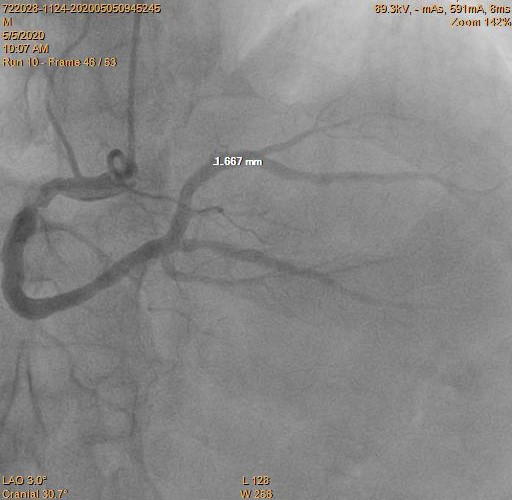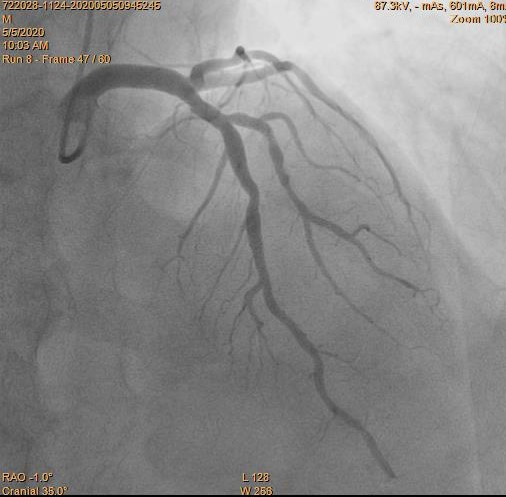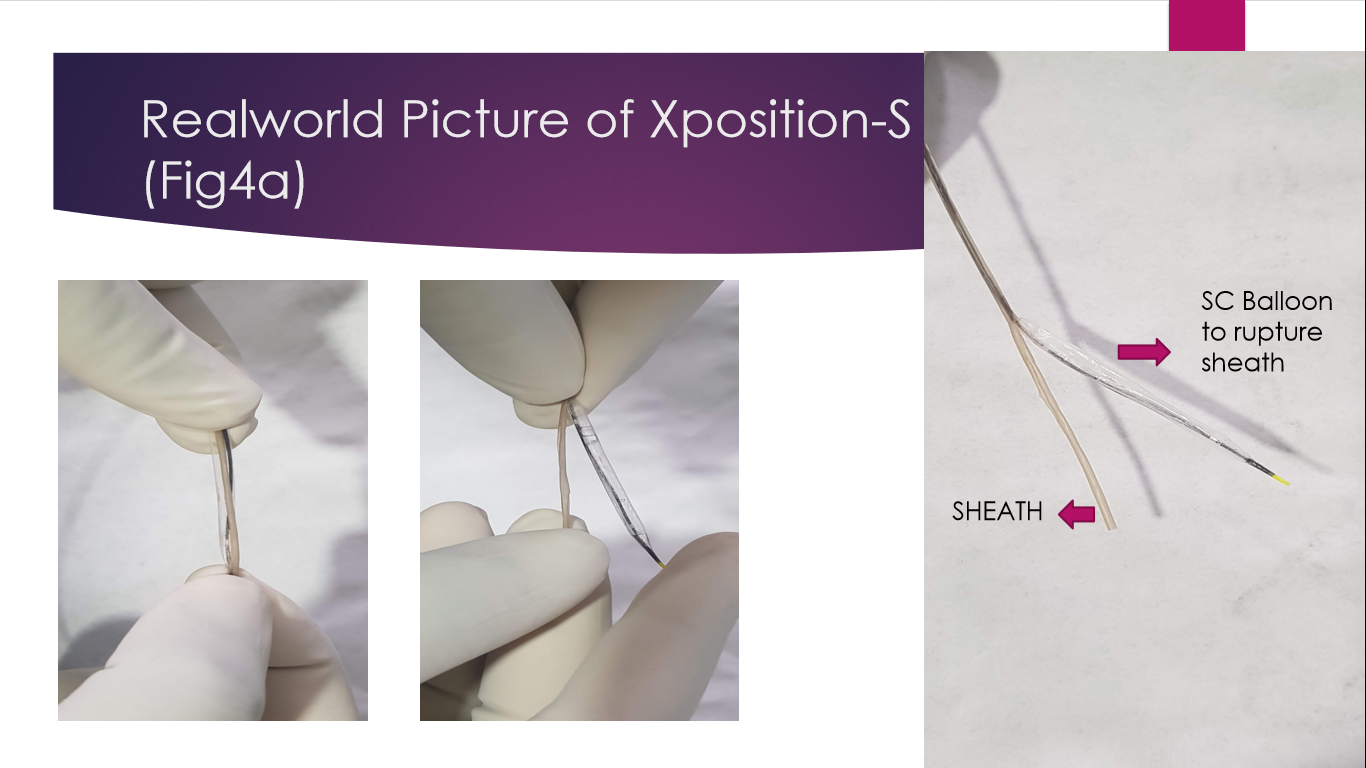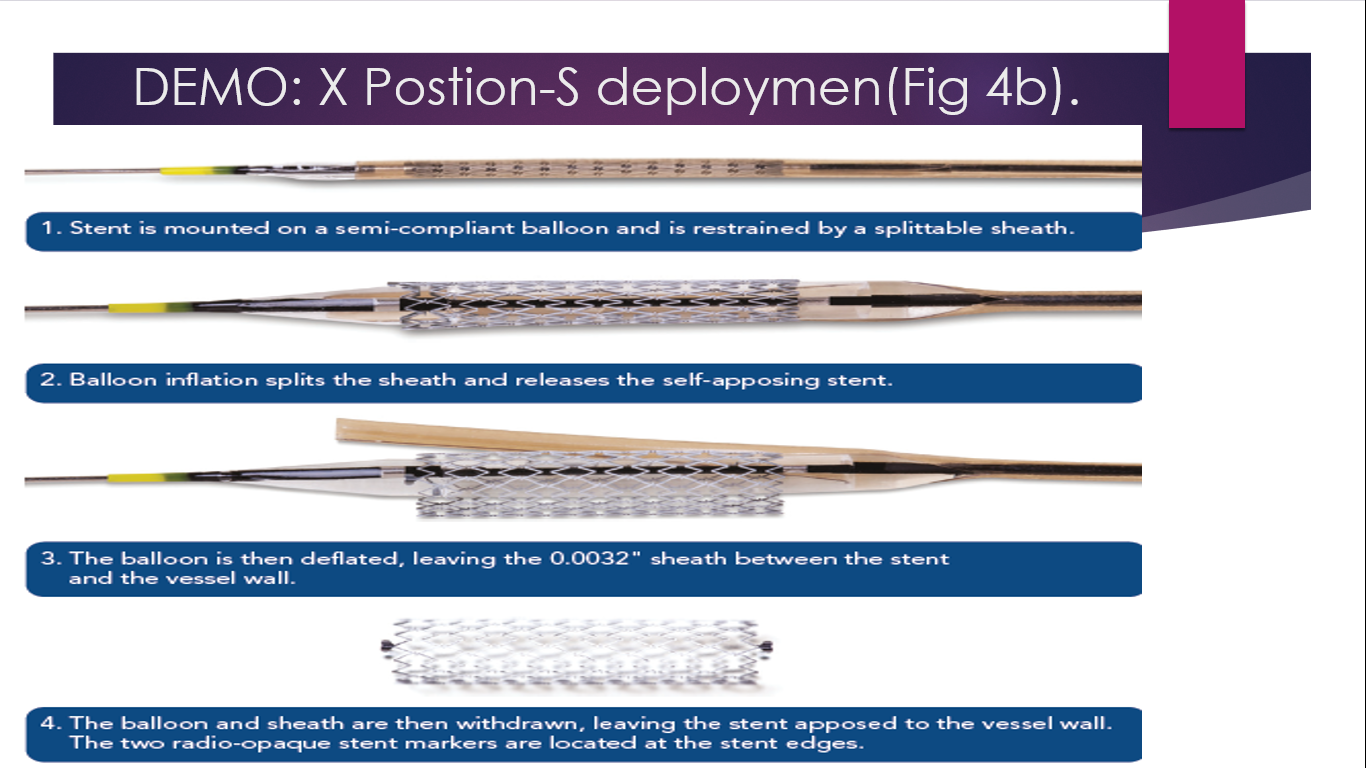Lots of interesting abstracts and cases were submitted for TCTAP 2022. Below are the accepted ones after a thorough review by our official reviewers. Don’t miss the opportunity to expand your knowledge and interact with authors as well as virtual participants by sharing your opinion in the comment section!
TCTAP C-127
Self Apposing Dedicated Coronary Stent (X-Position S) in an Ectatic Rca: Firsthand Experience at Pahs Cathlab, Nepal
By Kunal Bikram Shaha
Presenter
Kunal Bikram Shaha
Authors
Kunal Bikram Shaha1
Affiliation
Patan Academy of Health Sciences, Nepal1,
View Study Report
TCTAP C-127
CORONARY - Stents (Bare-metal, Drug-eluting)
Self Apposing Dedicated Coronary Stent (X-Position S) in an Ectatic Rca: Firsthand Experience at Pahs Cathlab, Nepal
Kunal Bikram Shaha1
Patan Academy of Health Sciences, Nepal1,
Clinical Information
Patient initials or Identifier Number
Padam
Relevant Clinical History and Physical Exam
A 70 year-old gentleman with a known case of urinary bladder neck contracture and type 2 diabetes with effort angina on optimal medical management was referred to us for pre-operative cardiac assessment. Vitals were stable with normal general physical and cardiovascular exam.
Relevant Test Results Prior to Catheterization
EKG showed sinus rhythm with features of LVH and T-wave inversion in Inferior and leads V4-V6. Echocardiogram revealed concentric LVH, normal LV ejection fraction 60% without any regional wall abnormality with grade I LV-diastolic dysfunction.
Relevant Catheterization Findings
He was subjected to coronary angiography as a part of further work-up. Using right radial route, right system revealed large ectatic dominant RCA with 90% stenosis in proximal RCA (Fig 1a). Left system revealed 40-50% stenosis in mid-LAD with 60% diseased small 2nd diagonal. (Fig1b)




Interventional Management
Procedural Step
Using 6F JR 3.5 guide catheter (Medtronic, USA) via 6F right radial sheath, guidewire 0.014” BMW (Abott,USA) was used to cross the lesion and was pre-dilated initially with NC Quantum (Boston Scientific,USA) 2.0x12 mm at 18-20 atm followed by NC Quantum (Boston Scientific, USA) 3.0x15 mm at 18-20 atm(Fig 2). Being Proximal RCA vessel size around 5 mm, we chose a Nobel dedicated Self-Apposing sirolimus coated dedicated coronary stent XpositionS (STENTYS, France) of medium size 3.0-3.5* 27 (expansile up to 5 mm) for deployment. The precise positioning of stent is very important as it keeps on rocking back and forth inside the vessel because of slippery outer sheath; hence, the patient was asked to hold their breath, and guide-tip was well-advanced within the ostium to prevent unwanted motion of stent. It was deployed @ 12-14 atm (Fig3) such that the semi-compliant balloon inside the stent helps the outermost sheath of 0.0032” to split away, letting the nitinol-made stent free to self-appose itself to the vessel size rather than inflating the stent to its desired maximum size (Figure 4a/b). BMW wire was well-parked in distal RCA followed by disengagement of the guide from ostium. Using reverse Dottering technique, the delivery system was pulled out post deployment after complete deflation in order to avoid any dissection due to sucking-in effect of guide or endothelial damage by the (partially jailed) peeled out outer sheath. To rectify under-expansion, a 4.5*15 NC TREK (Abott,USA) was used @ 18-22 atm (Fig5).












Case Summary
Proper indication, learning curve and technique to master this new system are of paramount importance with five golden rules. First rule is the appropriate stent size selection. Second rule is the adequate lesion preparation. Third rule is the stable & precise positioning technique of the stent. Fourth rule is the is the caution of disengaging guide. Fifth rule is the post dilation with a non-compliant balloon if there is any significant underexpansion. Regarding its efficacy in terms of repeat revascularisation, stent failure possibility and other hard end points i.e MACE is being studied in large population to validate its worth in real world practice.


